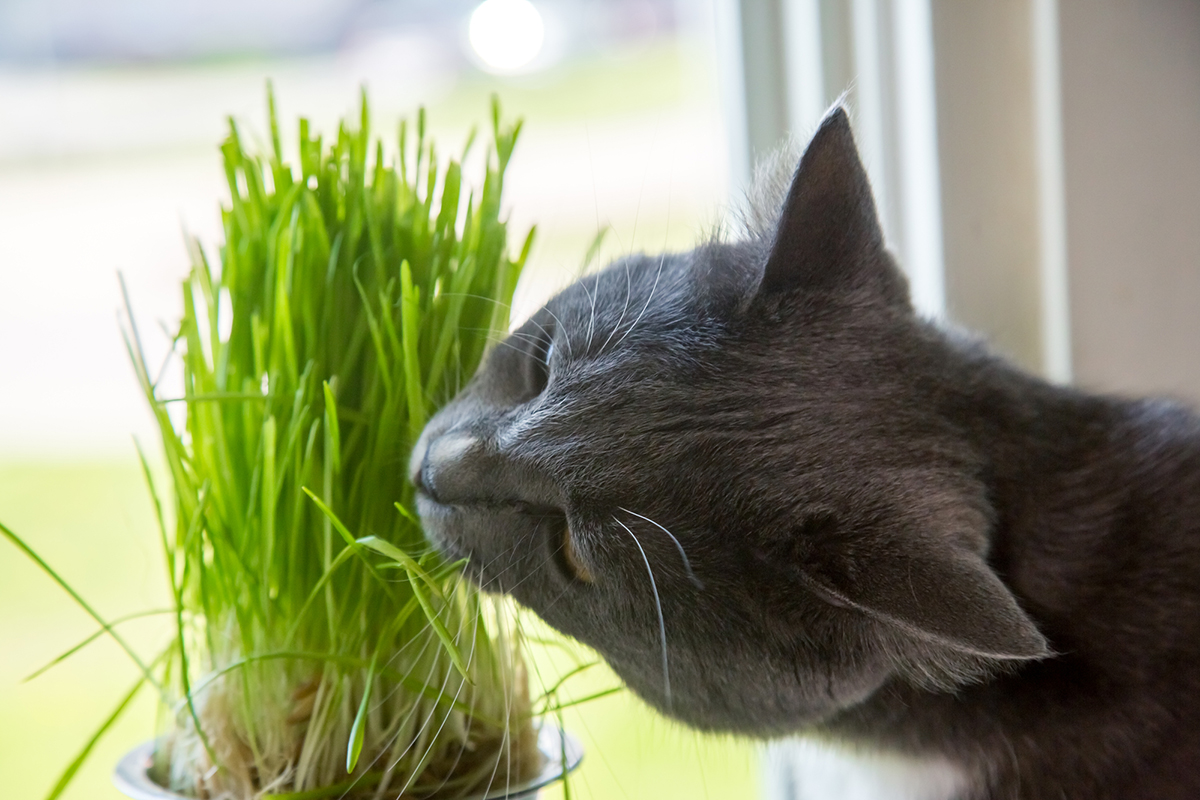
There are a lot of benefits to houseplants. They can help to keep the air in your home cleaner. Plus, they just look nice. But some houseplants can be toxic to animals if eaten. And unfortunately, some pets like to eat things that they shouldn’t.
If you’re considering getting a houseplant, but need to make sure it’s safe for your pets, the ASPCA has a database of plants where you can look up a specific plant to see if it’s toxic to your dog or cat. Some of the common plants that are toxic to dogs and cats are listed below.
What to Do If a Pet Ingests a Poisonous Plant
If your pet has gained access to and ingested a dangerous plant, you should call the ASPCA poison hotline at (888) 426-4435 or contact your vet immediately. Some plants may be only mildly toxic, such as the Poinsettia for cats. However, others can be life-threatening to your pet if eaten.
Depending on the poisonous plants ingested, your pet will exhibit varied symptoms and require different treatments. It’s essential for your pet’s well-being to get help as soon as possible.
Common Poisonous Plants
The following are commonly kept house plants that can be mildly poisonous to extremely toxic to your pets.
Aloe Vera
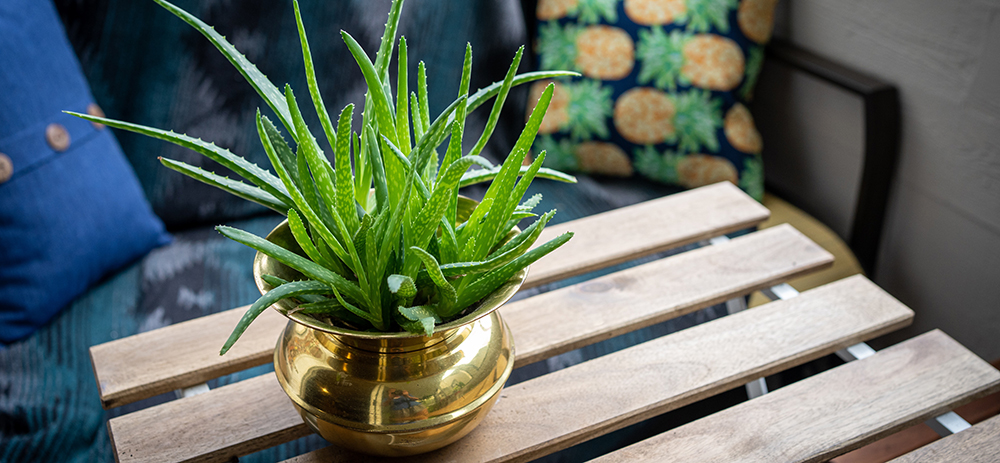
Aloe vera is great for humans. It has skin-soothing properties and for that reason is a common treatment for sunburns. However, it’s not great for dogs. Although the leaves are typically fine for dogs, other parts of the plant aren’t and can be harmful to a dog’s digestive system.
If you like the spiny look of aloe vera, try a zebra plant instead.
Ivy
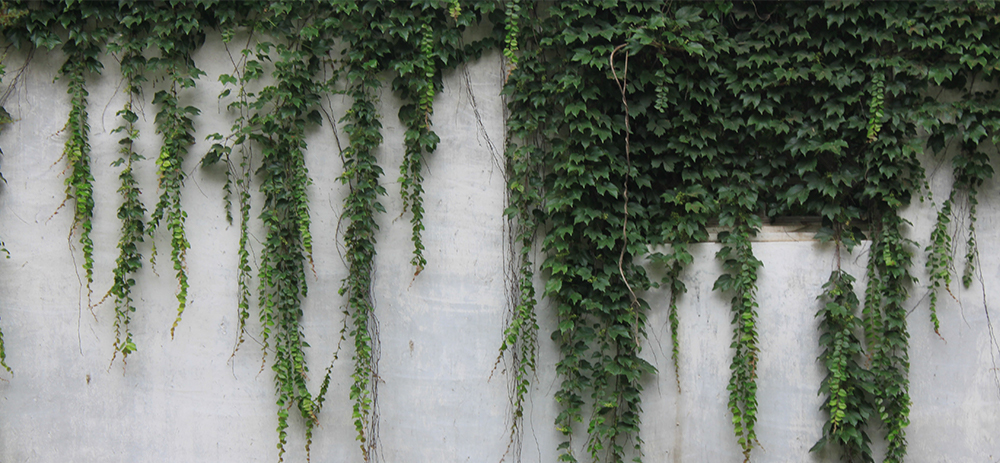
Ivy doesn’t just grow on walls and houses. It can also be potted and kept indoors. However, some types of ivy are dangerous for pets, including English ivy. The leaves in particular can be toxic to pets.
An alternative to regular ivy is Swedish ivy. Its leaves are a different shape, but it still cascades just as nicely as regular ivy does.
Jade
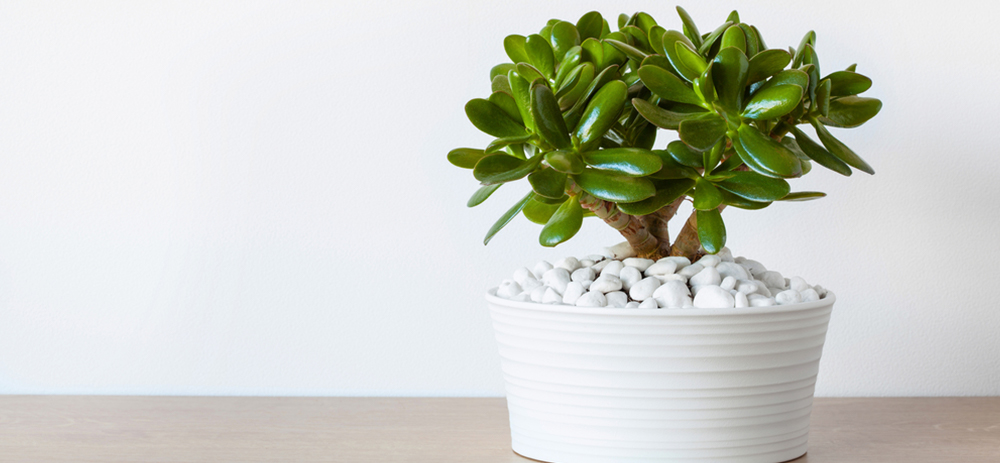
The jade plant has a lot of different names, including:
- Jade Tree
- Baby Jade
- Japanese Rubber Plant
- Chinese Rubber Plant
- Dwarf Rubber Plant
It’s unknown exactly what in the jade plant is toxic to pets, but if a dog or cat eats part of a jade plant, they may experience vomiting and a lowered heart rate.
A good alternative to a jade plant is the Christmas cactus, which also has shiny, plump leaves. Plus, the Christmas cactus also produces red or pink flowers once a year.
Lily
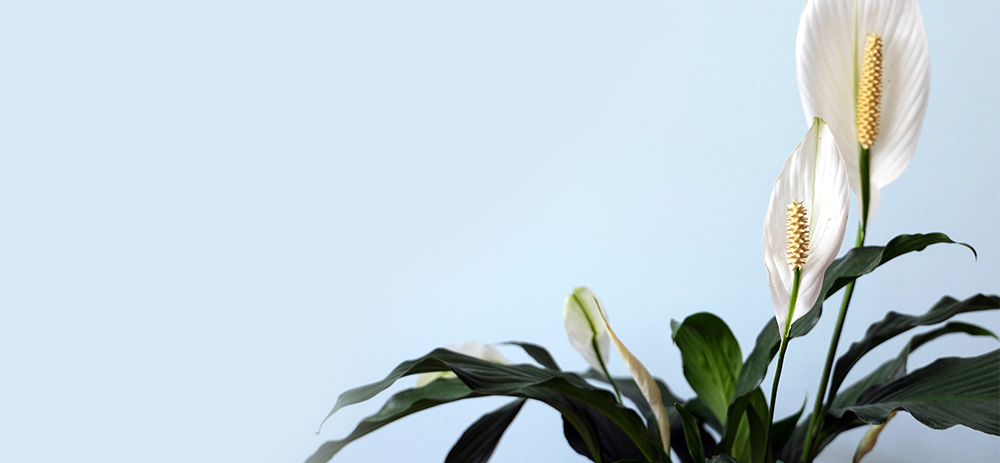
A lot of different plants are considered lilies. Some lilies may be fine for pets, but many types of lilies are dangerous for both cats and dogs. In particular, the peace lily (also known as the Mauna Loa), the stargazer lily, and the Easter lily are all dangerous for pets. Peace lilies are toxic to both cats and dogs, while the Easter lily and stargazer lily are toxic only to cats. The peace lily can cause vomiting and difficulty swallowing, while the Easter and stargazer lilies can be fatally toxic to cats if ingestion is left untreated.
The moth orchid is safe to have around both cats and dogs. This safer alternative has pretty white flowers like the peace lily.
Dumb Cane
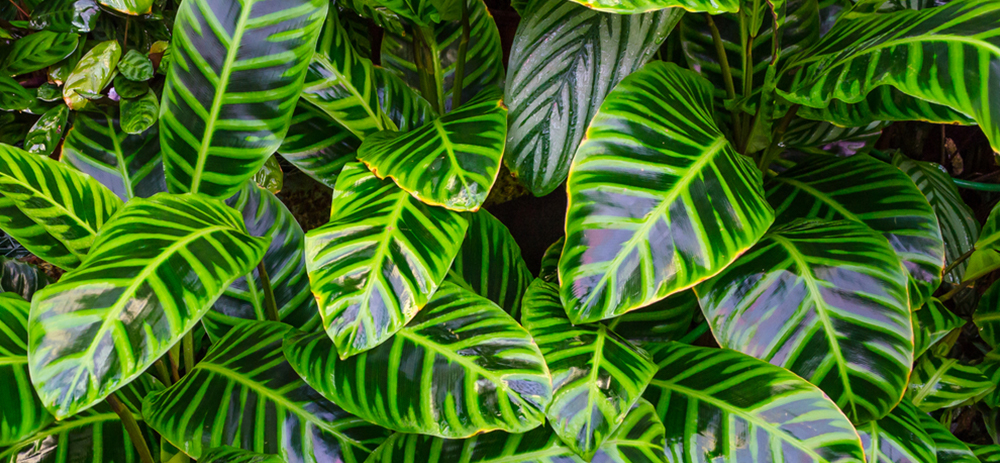
Dumb cane (also sometimes called the tropic snow or the exotica) plant’s leaves are harmful to both dogs and cats. Toxins in the leaves can irritate your pet’s mouth, causing burning or swelling in the tongue and mouth, increased salivation, trouble swallowing, and vomiting. Although rarer, ingestion of the dumb cane plant can result in difficulty breathing or even your pet’s death.
If you like the look of a dumb cane plant, a prayer plant can be a good alternative.
Bird of Paradise
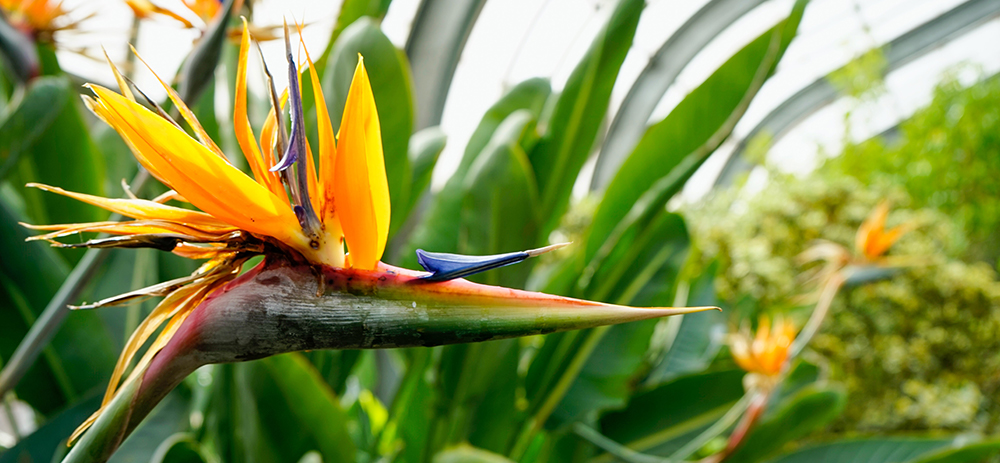
The bird of paradise plant can cause nausea and vomiting, as well as drowsiness in both dogs and cats. It may also cause digestive problems, eye discharge, and difficulty breathing.
A good alternative to the bird of paradise plant is the Phalaenopsis orchid. It’s a colorful plant that can bring an exotic flair to any home.
Elephant Ear
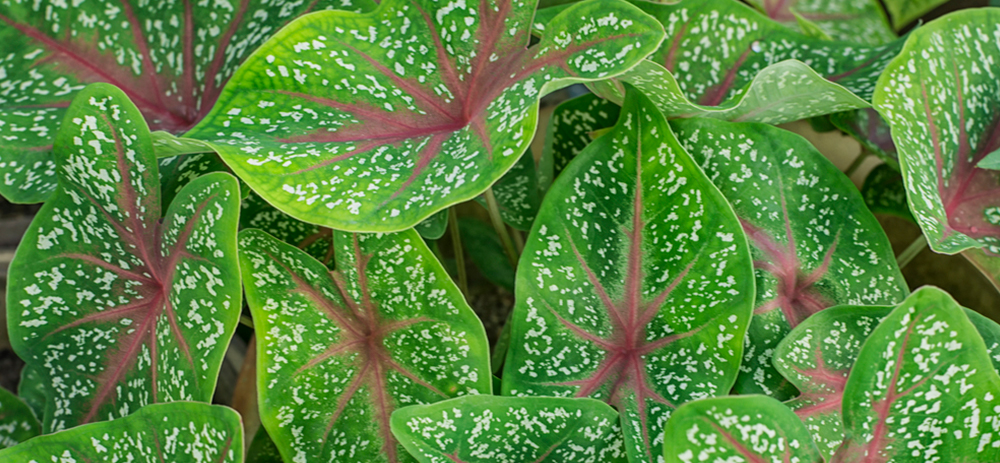
If your pet eats any part of the elephant ear plant, they could suffer from increased drooling and salivation, trouble swallowing, and vomiting. The elephant ear plant also goes by the following names:
- Taro
- Cape
- Ape
- Via Sori
- Malanga
- Pai
- Caladium
Peperomia caperata can be a good alternative to the elephant ear plant. It’s of a similar size and its leaves are also heart-shaped.
Desert Rose
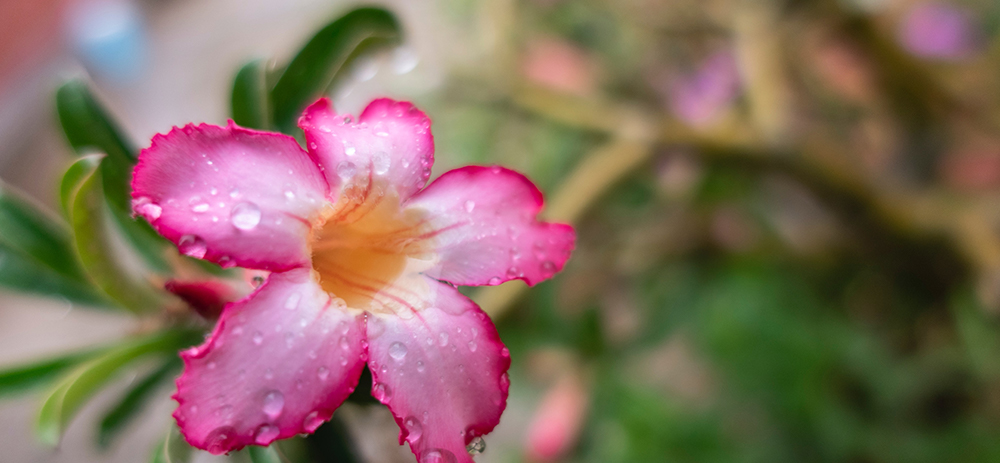
While the desert rose plant looks very pretty, it can be toxic to your pets. If they eat it, they could experience the following symptoms:
- Diarrhea
- Vomiting
- Irregular heartbeat
- Depression
- Death
The African violet is an equally pretty flower that isn’t toxic to your pets.
Sago Palm
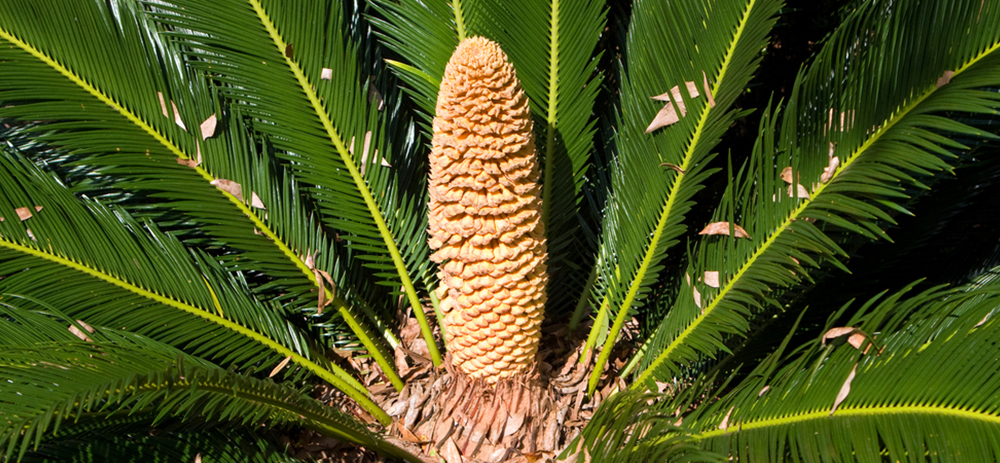
Every part of the sago palm plant is toxic to pets. This includes the leaves, the roots, and even the seeds. Pets that ingest any part of a sago palm can experience lethargy, seizures, liver failure, vomiting, and diarrhea.
An alternative to the sago palm is the parlor palm. Its leaves are also brush-like and it grows upright like the sago.
Philodendron
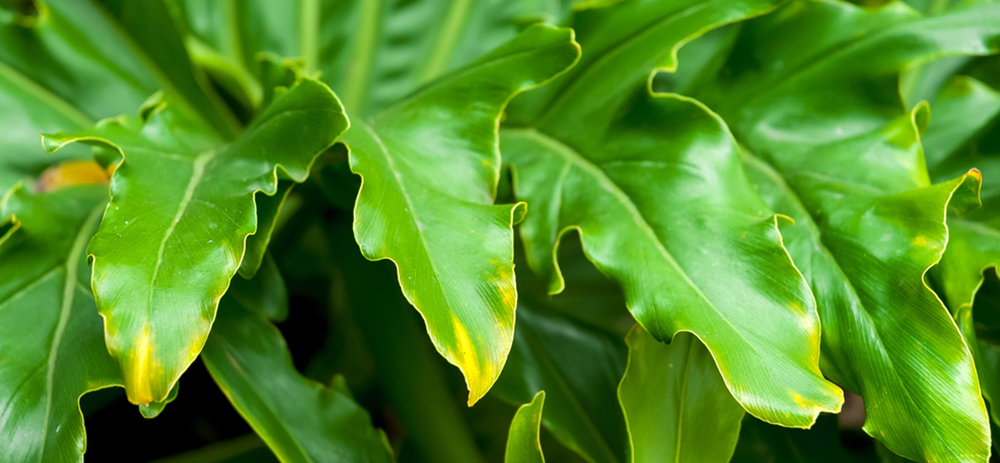
The philodendron plant is popular with many people because it is low-maintenance. However, its effects on pets can be very harmful. Pets that ingest the leaves of this plant may experience mouth irritation, as well as both swelling and burning in the mouth and on the tongue. Sometimes, this mouth irritation can cause trouble breathing or, in rare cases, even death.
The areca palm is a similarly tropical-looking plant that can be a nice alternative to the philodendron.
Devil’s Ivy
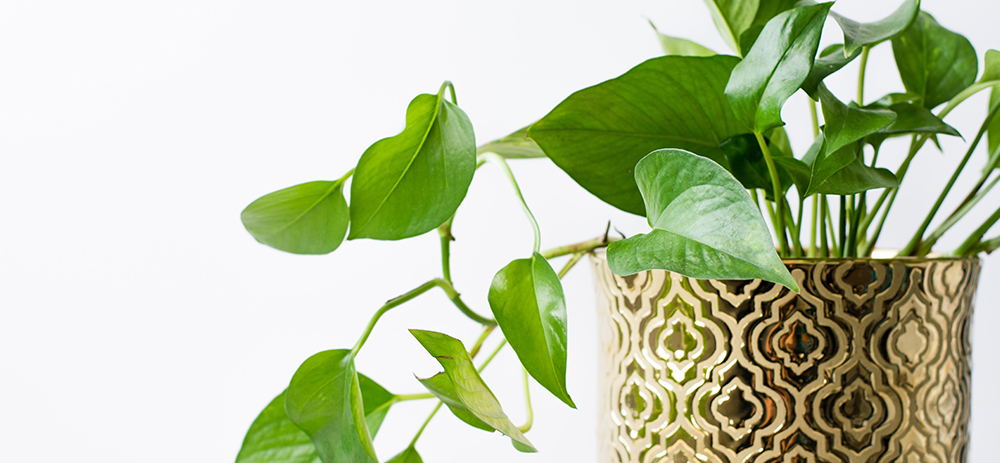
Devil’s ivy is also known as the pothos plant. There are crystals in the leaves that are sharp and, if ingested, can irritate your pet’s mouth. Additionally, the leaves can cause swelling and burning in the mouth and on the tongue. In some pets, this irritation can lead to trouble breathing or even death.
If you like how devil’s ivy looks, consider a spider plant, which is a good alternative for hanging.
ZZ Plant

If a pet eats part of the zz plant (Zamioculcas zamiifolia) they may experience diarrhea or vomiting. Additionally, the leaves can cause mouth irritation, swelling in the mouth, and even respiratory problems.
A cast iron plant is of a similar size and, like the zz plant, can thrive in a low-light environment.
Corn Plant
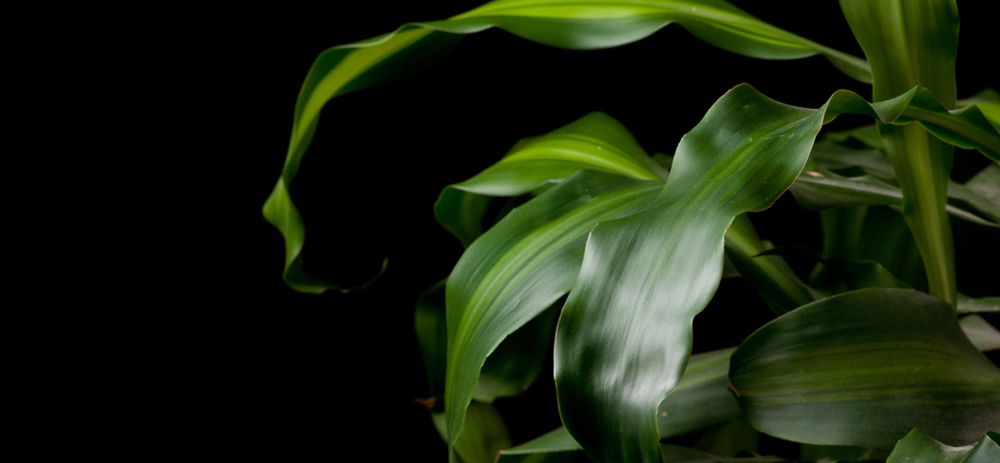
If a pet eats a corn plant, they could experience depression and loss of appetite. However, the most common symptom of corn plant ingestion is vomiting, which can sometimes occur with blood.
The money tree plant may be an alternative to the corn plant. It’s not toxic but may cause an upset stomach in cats.
Asparagus Fern
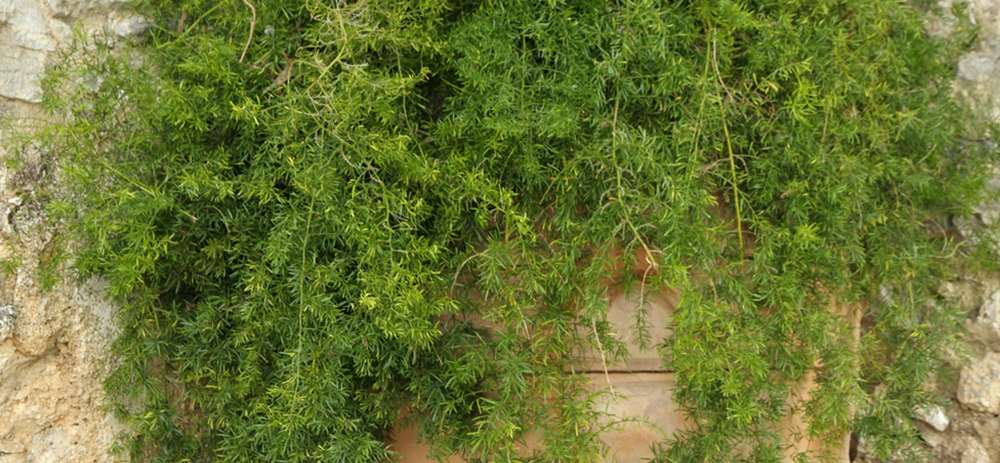
The asparagus fern is related to lily plants and, just like the lily, is also toxic to pets. It can cause diarrhea and vomiting. Plus, if a pet is repeatedly exposed to the plant, it can cause irritation to the skin.
A Boston fern can be a good alternative to the Asparagus fern.
Sowbread
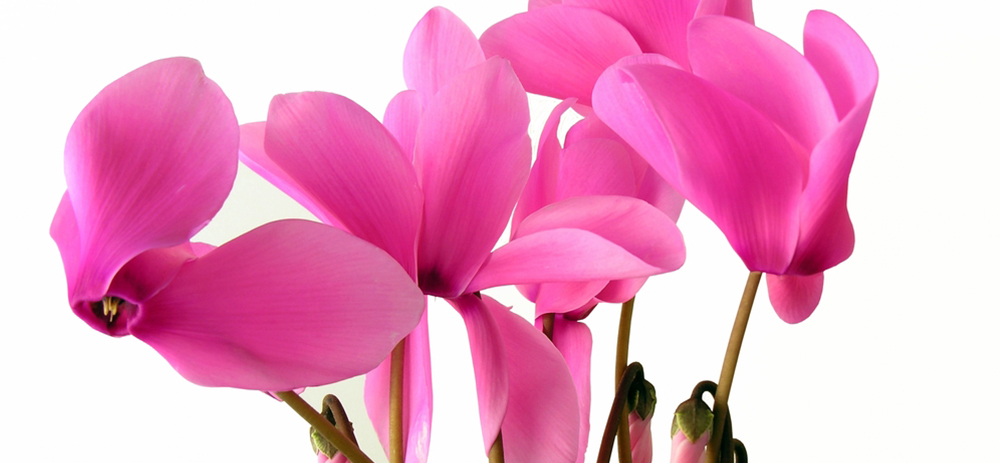
Sowbread, or cyclamen, plants are poisonous to both cats and dogs. If a pet ingests this plant, they can experience:
- Diarrhea
- Increased drooling
- Increased salivation
- Vomiting
- Seizures
- Unusual heartbeat
- Death
What to Do In Case of Ingestion
If your pet has ingested a houseplant that you know or fear may be toxic, it’s best to contact your vet immediately. In the event that your vet clinic is closed, contact the nearest emergency clinic for treatment.

